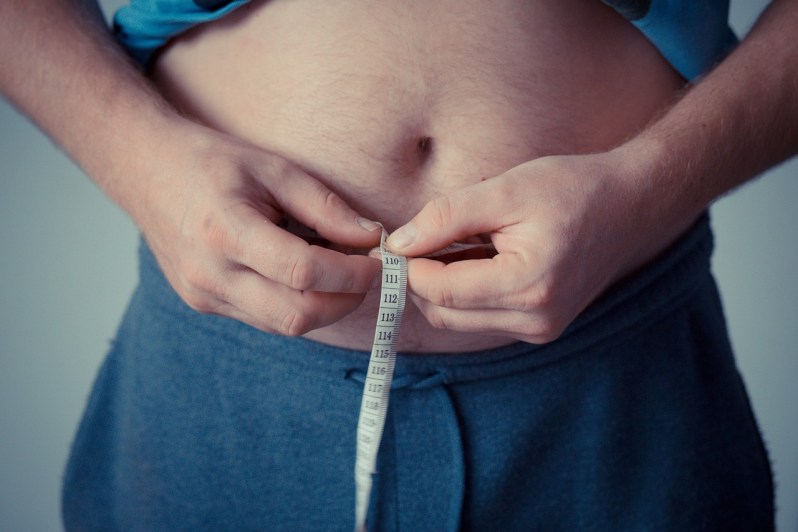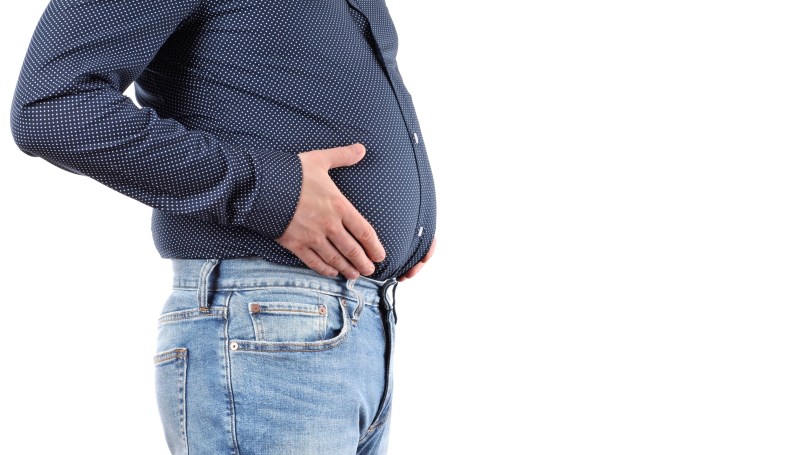
If you want to get rid of your potbelly by tomorrow, you’ve landed in the wrong place. But if you want to look great by summer, you’re in the right spot. Shedding stubborn belly fat doesn’t happen overnight; it’s called “stubborn” for a reason. Excessive belly fat has many negative health effects. But don’t worry, there are things you can do. Keep reading to discover science-backed strategies for trimming belly fat and maintaining your progress toward your goals.
How to lose weight fast
To achieve rapid weight loss, consistent, health-focused efforts are crucial to long-term success. Weight gain doesn’t happen overnight, and it will require more than a weekend of dieting to yield visible results. Weight loss is influenced by a variety of factors, including diet, activity level, and health status. Small, manageable changes are the best way to get results.
Opting for nutritionally dense and low-calorie foods can help you achieve your weight loss goals. The foods you eat not only affect the number of calories you consume, but they also affect your microbiome. The microbiome is the invisible layer of microorganisms that live inside your digestive tract and has a variety of effects on your health.
When it comes to losing weight, exercise plays a key role. Finding an exercise program that works for you is one of the most important things you can do to stay consistent. You’re much more likely to remain consistent if you have an activity you enjoy doing while staying active and burning calories.
The CDC recommends 150 minutes a week of moderate activity. That could look like three hour-long walks a week or five 30-minute intervals of riding a bike. How you decide to spend those 150 minutes a week is entirely up to you. Check out this article if you want to learn how to design your own workout plan you will look forward to doing.

Health implications of too much belly fat
There is no one best way to lose belly fat, but there is plenty of research to suggest that losing any amount of fat, especially belly fat, is good for your overall health. When your body is carrying around excess weight, it puts more strain on the body. Additional fat can put weight on internal organs and can increase your chances of developing chronic diseases like diabetes or heart disease.
The cause of belly fat could be a multitude of things. Genetics, lifestyle choices, and emotional factors all play a role in how much fat we store on our bodies and where. An increase in sedentary lifestyles also plays a role in our increasing obesity rates.
Processed convenience foods are another reason many of us are unable to lose stubborn belly fat. Not only are they loaded with calories, but they can disrupt your microbiome, leading to unwanted health consequences. Pre-packaged snacks make it tempting to eat in small increments throughout the day, adding up to large calorie counts over time.

Your daily checklist to lose stubborn belly fat
When it comes to how to lose belly fat fast, there are a few science-backed tips you can follow. While everyone’s body is different, it’s important to consult a medical professional about the best approach for you.
Feed your gut microbiome
As previously mentioned, your gut microbiome plays a role in your health. What you eat enters your stomach and acts as food for the microorganisms. When you eat processed and ultra-processed foods regularly, the microorganisms in your intestinal tract will look different than if you were to eat a whole-foods-based diet. This difference can cause increased inflammation and increase the risk of certain diseases.
The healthier your gut microbiome, the stronger and more resilient your body can be. You can improve the health of your microbiome by increasing fiber consumption and incorporating probiotics into your diet.
Taking a daily probiotic or prebiotic can help repopulate your gut microbiome with healthy bacteria. Eating fermented foods like sauerkraut or kimchi is also another way to influence your microbiome levels.
Get enough sleep
I know this one can be hard, but that’s why it’s even more important to prioritize quality sleep whenever possible. The quality and duration of your sleep have a significant impact on your ability to lose belly fat. A lack of sleep disrupts hormones, like cortisol, that affect stress levels within our bodies. This hormone disruption can also affect appetite levels as well and can lead to unhealthy eating habits. Inadequate sleep can also reduce your metabolism, making it harder to burn calories. The aim is to get 7-9 hours of sleep a night.
Move your body
To accelerate your belly fat loss, don’t limit yourself to just cardio workouts. While cardio is excellent for burning calories, incorporating resistance training is equally crucial. Resistance training, such as weight lifting and bodyweight exercises, helps build lean muscle mass. Muscle tissue is more metabolically active than fat, meaning it burns more calories even at rest, leading to more weight loss over time.
It takes consistent, health-focused effort to lose stubborn belly fat. Rapid weight loss is not a realistic goal, but rather, making sustainable lifestyle changes is key. Nutritionally dense, low-calorie foods can help in reducing belly fat, with the added benefit of improving your gut microbiome, which is linked to overall health. Regular exercise, including both cardio and resistance training, plays a crucial role in shedding excess weight.
Excess belly fat can lead to various health complications, including an increased risk of chronic diseases like diabetes and heart disease. It’s important to understand that genetics, lifestyle choices, and sedentary behaviors contribute to belly fat, and addressing these factors is essential for long-term success.
Prioritizing quality sleep and incorporating probiotics into your diet can further support your weight loss journey. While there is no one-size-fits-all solution, these science-backed tips provide a holistic approach to help you achieve a healthier and more sustainable lifestyle.
Editors' Recommendations
- How much protein do you really need? Here’s how to calculate it
- We love these Keto diet Thanksgiving recipes from a professional chef
- Cranberries are great for your health: RDs reveal how to add them to your diet this winter
- What is hot yoga? Why this should become your new winter workout
- Oatmeal is the secret to better sleep (and you’re going to love this hack)





